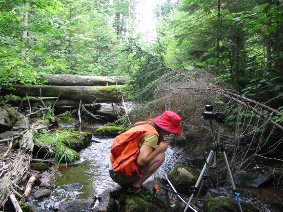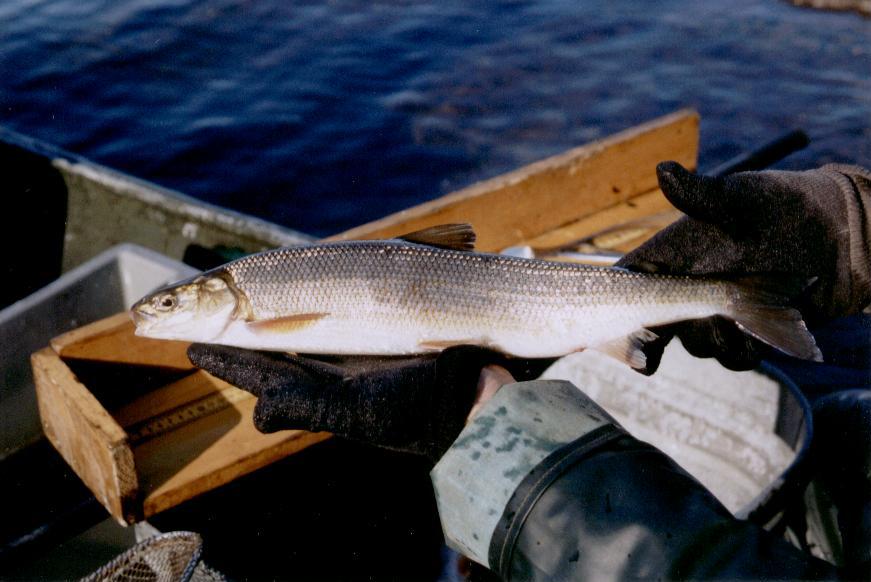Research
AFRP research efforts often involve large-scale experimental manipulations and also make use of natural experiments -- such as disturbances or variable climate conditions -- that can help identify key ecosystem processes relevant to aquatic resource management. Since Kraft's arrival at Cornell in 1998 we have initiated and sustained several long-term projects evaluating key aquatic resource management issues, including: climate change impacts on coldwater fish and aquatic ecosystems, the impacts of dominant invasive species on fish communities and ecosystems, factors influencing large-scale fish mortality from thiamine deficiency, and the influence of forested landscapes on ecosystem processes in lakes and rivers.
The activities described in these web pages often do not fully reflect the most current research efforts. If you have questions or are interested in updated perspectives on topics described in these web pages, please contact Cliff Kraft or other research group members.
 Adjusted.jpg)
.jpg)

